#Statue of Idet and Ruiu
Explore tagged Tumblr posts
Text
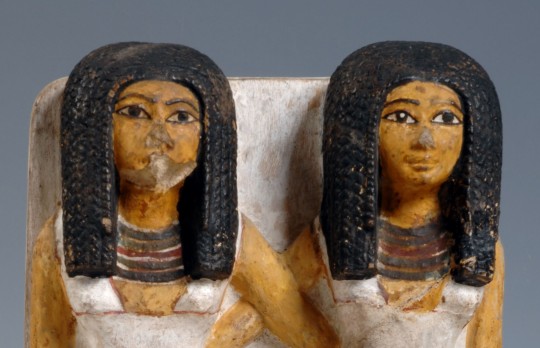
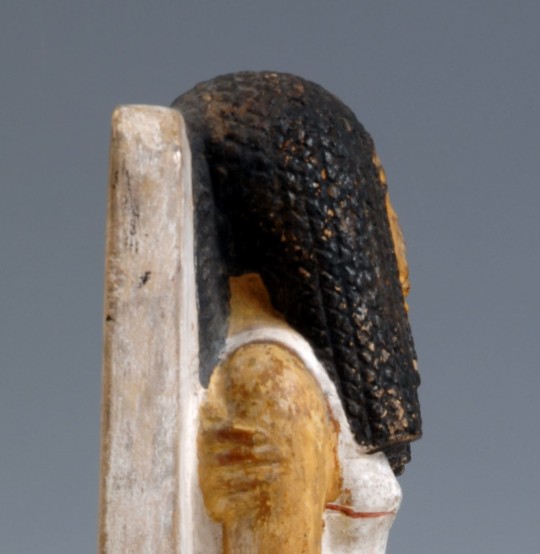
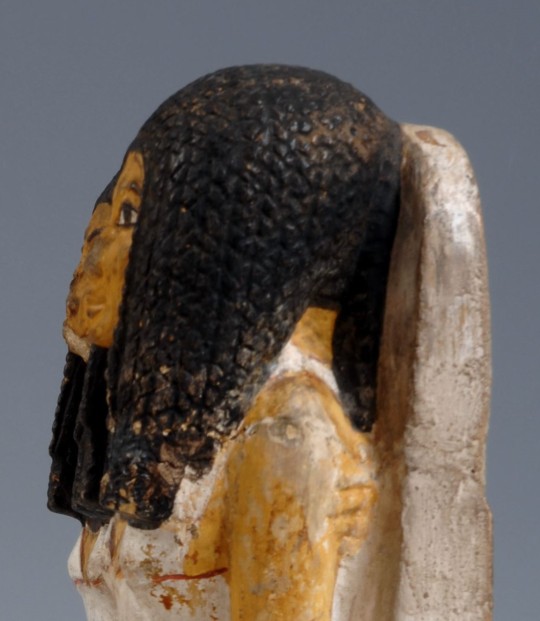
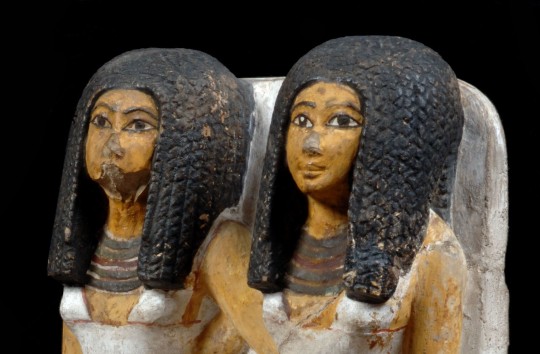
Statue of Idet and Ruiu - Museo Egizio Collection
Inventory Number: Cat. 3056 New Kingdom, Dynasty 18, 1480–1390 BCE Location Information: Theban necropolis
Description:
The kinship relation between the two women, if any, is not specified. The sculpture seems to place more importance on Idu, as she is seated on the right, the place of honor, and is called “lady of the house” (nebet per), while no title is given for Ruiu. On the right of the seat is an offering formula “to Osiris… lord of eternity, that he may give… every good and pure thing, and the pleasant breeze of the north wind, to the ka ('soul') of the lady of the house Idet, justified”; the formula is repeated for Ruiu, with several variations, on the opposite side.
#Statue of Idet and Ruiu#museo egizio#Cat. 3056#new kingdom#new kingdom pr#dynasty 18#theban necropolis#upper egypt#womens hair and wigs#NKPRWHW
4 notes
·
View notes
Text

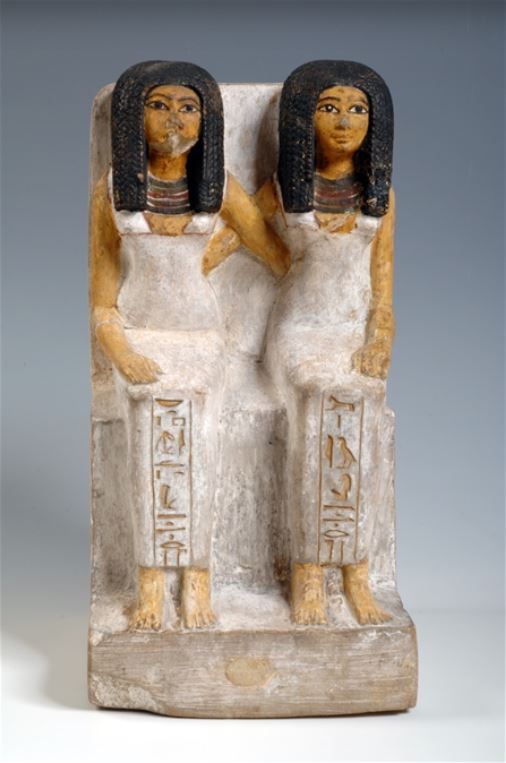
Statue of Idet and Ruiu (1480–1390 BC) The two women are depicted in a form typical to married couples. Idet is given priority by the artist who placed her on the right, and is given the title "Lady of the House".
#art#art history#lesbian#lesbian art#wlw#women#sculpture#limestone#fine art#ancient egypt#antiquity#female homosexuality
3K notes
·
View notes
Text

Statue of Idet and Ruiu
New Kingdom, 18th Dynasty, ca. 1480-1390 BC. From Deir el-Medina, Thebes. Now in the Egyptian Museum of Turin. Cat. 3056
The kinship relation between the two women, if any, is not specified. The sculpture seems to place more importance on Idet, as she is seated on the right, the place of honor, and is called “lady of the house” (nebet per), while no title is given for Ruiu.
On the right of the seat is an offering formula “to Osiris… lord of eternity, that he may give… every good and pure thing, and the pleasant breeze of the north wind, to the ka ('soul') of the lady of the house Idet, justified”; the formula is repeated for Ruiu, with several variations, on the opposite side.
381 notes
·
View notes
Text
A fictive of Ahkmenrah presents: queerness in ancient Egypt!
My favourite thing to do to shut down phobics is to give them evidence we’ve existed since ancient times. So here’s some examples of queerness in ancient Egypt.
Do note though, there’s a ton of gaps in ancient history, especially Egypt when everything was written on papyrus which rots super easy. So we’ve lost a ton of information to time, and we’ll likely never know the full picture. But what we can do is look at what we do have, and draw reasonable conclusions based on them.
•Khnumhotep and Niankhkhnum are believed by scholars to be the first recorded same-sex couple in ancient history. As most depictions found of them show them embracing and nose to nose, which was how a kiss was depicted in art back then. And in some other depictions Khnumhotep occupies the position usually for the wife.

Both were royal servants, the overseer of the Manicurists in the Palace of King Nyuserre Ini, sixth pharaoh of the fifth dynasty. The two were buried together at Saqqara and are listed as royal confidants in their joint tomb.
•This is Idet and Ruiu, and this particular statue depicts them in a pose often reserved for married couples

We don’t have much on them, so it’s not 100% certain what their kinship was, given the depiction in such a pose and the fact Idet is referred to as ‘lady of the house’ which was typically given to a wife, it can be assumed they may have been lovers.
•a third gender has been found on pottery shards from the Middle Kingdom near ancient Thebes. It lists three human genders: tai (male), sḫt ("sekhet") and hmt (female). Not much is known about the the sekhet gender, but it can be assumed it was some form of what we’d noe consider non binary or transgender.
•and of course the queen (gender neutral) themselves Hapshepsut. Who was depicted as both a man and a woman.


They were the fifth Pharaoh of the 18th Dynasty of Egypt, ruling from 1478 or 1479 BC until 1458 BC. And on-top of being a bomb pharaoh who got shit done, they notably used a ton of male terms and depictions despite being born female. Weather this is a trans masc, non binary or third gender thing we don’t really know, but what we do definitely know if they were referred to as a king multiple times and represented themselves in roles reserved for kings. So whatever they were, it’s likely somewhere under the genderqueer umbrella.
•bonus: this

I mean… that’s two guys I don’t know what to tell you. Even though there’s a lot we don’t know we can safely say that yes, gay people existed back in ancient Egypt too.
#fellas is it gay to be buried together?#endo safe#ancient egypt#lgbt history#queer history#ancient history#history#fictive blog#introject blog
5 notes
·
View notes
Text
the women with variation

Painting from Nefferronpet circa 1448 - 1422, and women from a village near Aswan, Egypt

From Nebamon and Ipuky

Elephantine, Egypt

Women near or in Luxor
.
Women and girls that are painted in a chestnut shell dark reddish brown color

Nubian Egyptians and Userhat and wife Ka


Wall paintings of Chonsu tt31

Woman and man enjoy a soda near the Aswan High Dam in southern Egypt

.
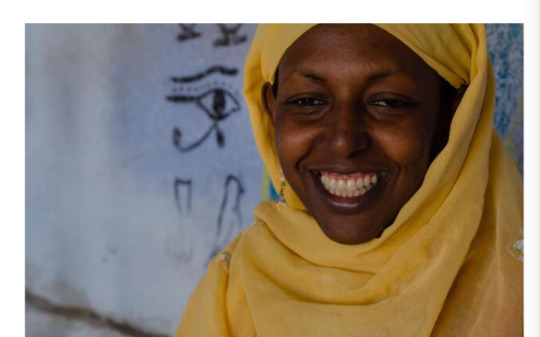

Nubian Egyptian ladies of Aswan, Egypt


Tomb TT175

A couple of the 18th dynasty (Louvre Museum, Paris, France), unknown painting (?), the couple again in different lighting,


Nebamon and Ipuky

.

Woman and child of Assouann (Aswan) 1800s

18th dynasty, Hetep and Mouttouy (mother and daughter),

A 12th dynasty woman found in chambers of Antefoqer and Senet - TT60


Wall paintings of Chonsu tt31
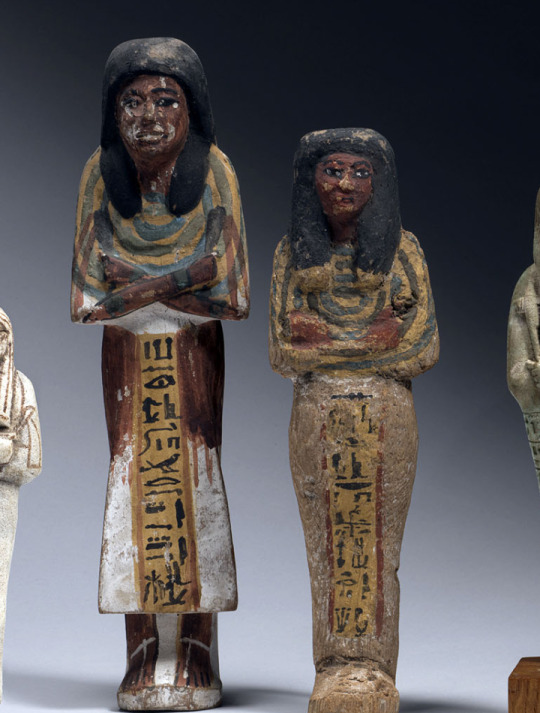
From the Art & History Museum (Brussels) presents the exhibition Expedition from Egypt

Noble couple, Dayton Institute


From top to bottom and left to right, Pashedu and his wife (dynasty 18) at the British Museum, a limestone seated statue of the male official Hama...y and his wife Weretneferet at the British Museum, Idet and Ruiu ,Turin Italy, and two Beja women of North Sudan. Egyptian Nubians of Aswan area under that


TT81 and...

Egyptian Museum of Turin, Fragments from tomb tt246 of Senenra (?). 18th Dynasty, 1350-1292 BC

.
Many Arabs of North Sudan migrated to the area in the 12th century, though some were there prior. The indigenous people are generally "black". We often see beautiful marriages between a man who leans black, and a woman of a Arab persuasion. Could this be a repeat of ancient Egypt's dark skin man and yellow woman...live and direct in modern times. https://www.tumblr.com/shwat2013/706678651221114880/httpswwwgooglecomsearchclient-ms-an?source=share
Major discrepancies in past photos of Menna and wife vs now
link
Be sure to stop at the bottom where it says "More from @afcnamrcn23". Don't be distracted by the pictures and links under that. They will occur again so that you can continue with the main post in sequence
0 notes
Text

Statue of two women, Idet and Ruiu, depicted in a form typical to married couples, Museo Egizio
Taken from wikipedia
3 notes
·
View notes
Text

Pair Statue of Idet and Ruiu
The sculpture seems to place more importance on Idu, as she is seated on the right, the place of honour, and is called “lady of the house” (nebet per), while no title is given for Ruiu.
On the right of the seat is an offering formula “to Osiris… lord of eternity, that he may give… every good and pure thing, and the pleasant breeze of the north wind, to the ka ('soul') of the lady of the house Idet, justified”; the formula is repeated for Ruiu, with several variations, on the opposite side.
New Kingdom, 18th Dynasty, ca. 1480-1390 BC. From Deir el-Medina, Thebes. Now in the Egyptian Museum of Turin. Cat. 3056
39 notes
·
View notes
Text
.




Middle kingdom woman braiding hair NY Metropolitan Museum https://www.metmuseum.org/art/collection/search/544225

Barber from the 18th dynasty paintings of Userhat and East Africans
link
https://www.metmuseum.org/art/collection/search/557688.
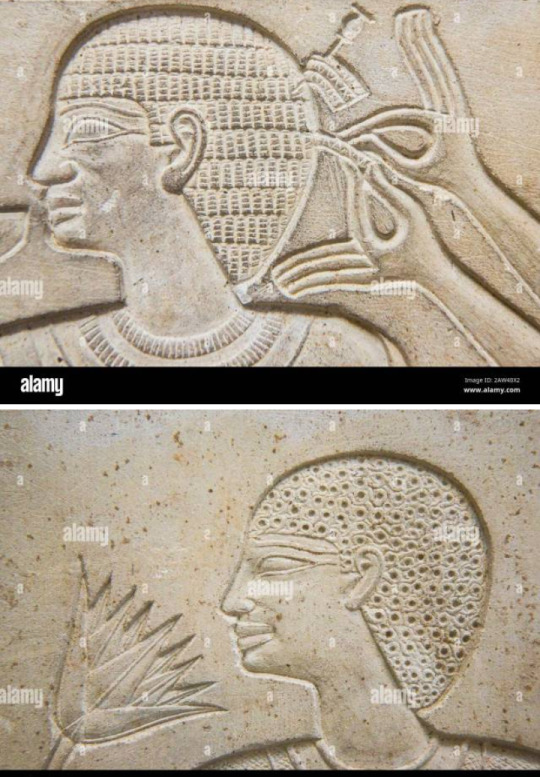
Kawit, a queen of Mentuhotep, middle kingdom
https://commons.wikimedia.org/wiki/File:Princess_Kaiwit_having_her_hair_dressed,_circa_2000BC._Wellcome_M0006211.jpg#mw-jump-to

Woman and daughter
One of the most beautiful statues that depict the Egyptian daily life. A limestone statue of a woman and her daughter from...12th Dynasty represents a seated woman with her legs stretched out in front of her while her daughter sits on her legs to comb her hair to trim it. Ancient Egyptian hair styles, especially women, were elaborate and elegant and were often created with ribbons, floral wreaths and elegant pins. - From Petrie discoveries 1899, The Memphis
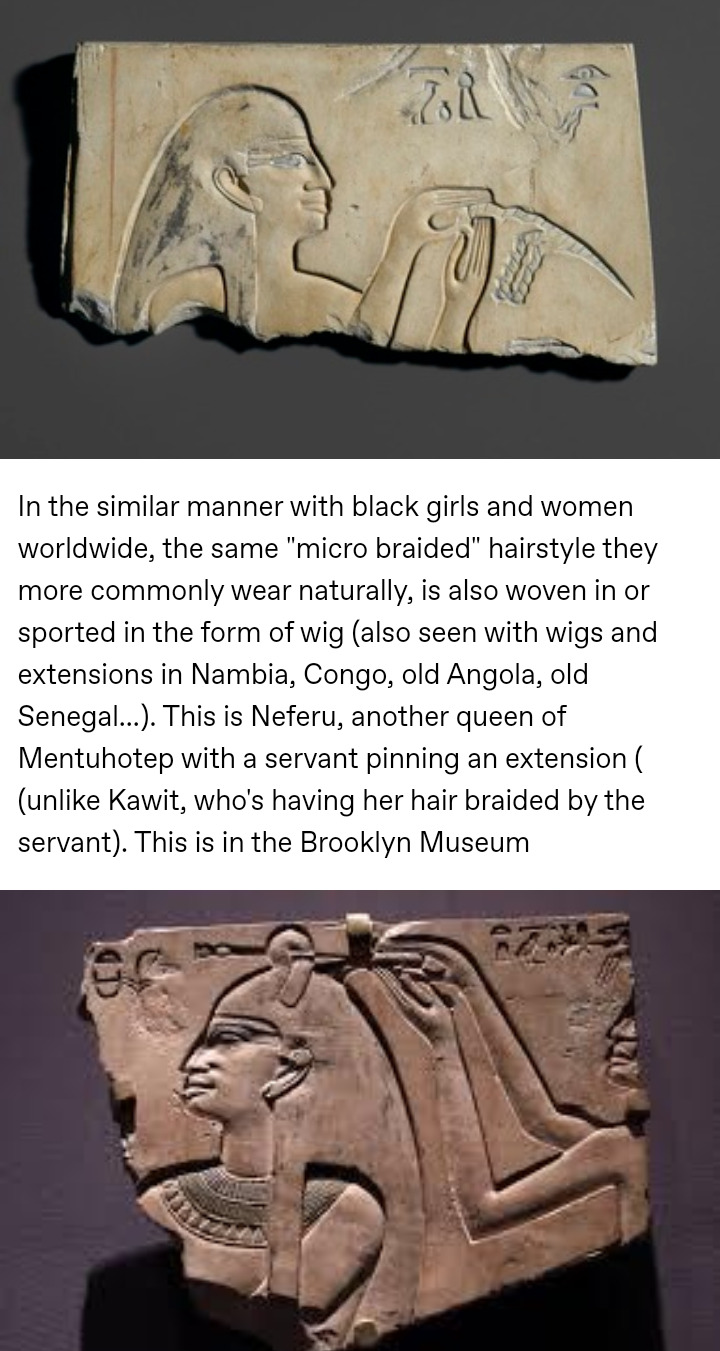
Queen Neferu


North Sudanese women braids child's hair, and a 12th dynastic lady braids hair ( Metropolitan Museum). We can't keep generalizing as wigs or extentions after seeing this. Below is a woman and child of Aswan Egypt ( early to mid 1900s) braiding

Nubian girls seen in Northern, Egypt of the 1800s...pictured in Columbus expedition in Chicago “Cairo streets”, Frank Leslie’s popular monthly, January 1894 Page 61. They are compared to a young lady of the 18th dynastic period

Lady of the 19th dynasty Cairo
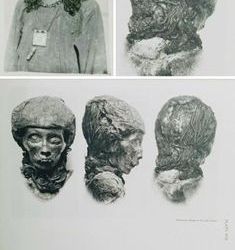
The girl on the top left is Bishari from Southern Egypt, 1910. This is compared to the mummy from the tomb of Queen Meryet-Amun at Thebes. It was shown in the 1930s book . “The tomb of Queen Meryet-Amun at Thebes”. Photographs by Harry Burton; plans by Walter Hauser and catalogue by Charlotte R. Clark. She lived in the early 18th dynasty. WINLOCK Herbert E.

Bishari woman in Egypt (1880s). Photo by Zangaki brothers.

If one can look at the Beja, who live nearby N. Sudan and Southeast Egypt, and seriously doubt a "black" presence in ancient Egypt, then it's not intellectually honest. The mummy of Ahmose Inhapi has the same hairstyle and hair type as the girl on the lower right. Beja/Bishari people tend to have coarse straight, loosely curled, frizzy, and half frizzy almost stringy look
Even a close up of mummies like Ahmose Inhapi, Lady Rai, or Nesitanebetashru seem to show wool at the base, and unloosening of braids forming a curly-q look at the ends. Old grainey pictures can be misleading.

This 1992 Museum of Fine Arts publication on ancient Nubian culture proves that mainstream academia recognizes the hairstyles as leaning more towards black culture. Nodjmet of dynasty 20 is compared to girls from inner Sudan on page 56 - 57.https://archive.org/details/Nubia
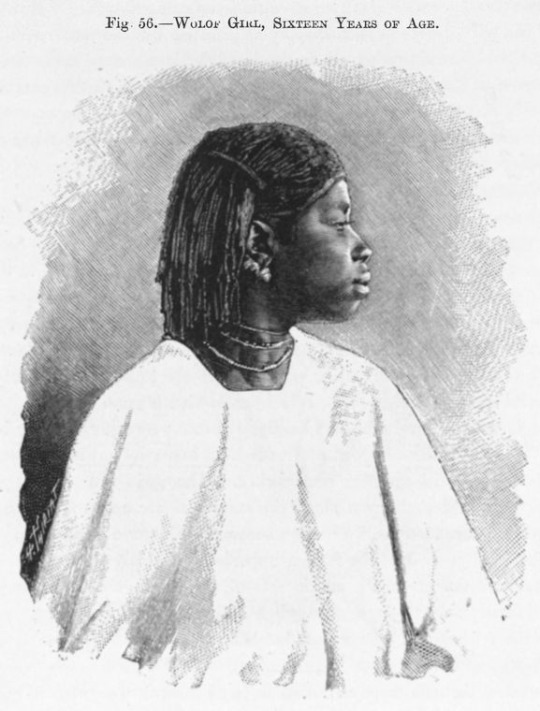
Wolof girl of Senegal , 1800s
This micro braided hairstyle was more commonly worn by blacks over time for convenience and necessity more than style - due to the hairtexture. It's far more innate and continuous in these populations. Scroll to … "Black Hair during slavery and a historical view of afro-textured hair." Here's a quick excerpt… "Plaits, braids and cornrows were the most convenient hairstyles to keep their hair neat and maintained for a week…". https://en.m.wikipedia.org/wiki/African-American_hair#:~:text=Plaits%2C%20braids%20and%20. .

Ahmose Nefertari 17th -18th dynastic period

Sudan, 1800s
Ink
https://www.alamy.com/portrait-of-two-young-women-with-braided-hair-shawls-and-jewellery-sitting-outside-caption-reads-soudanese-women-image566663251.html. .
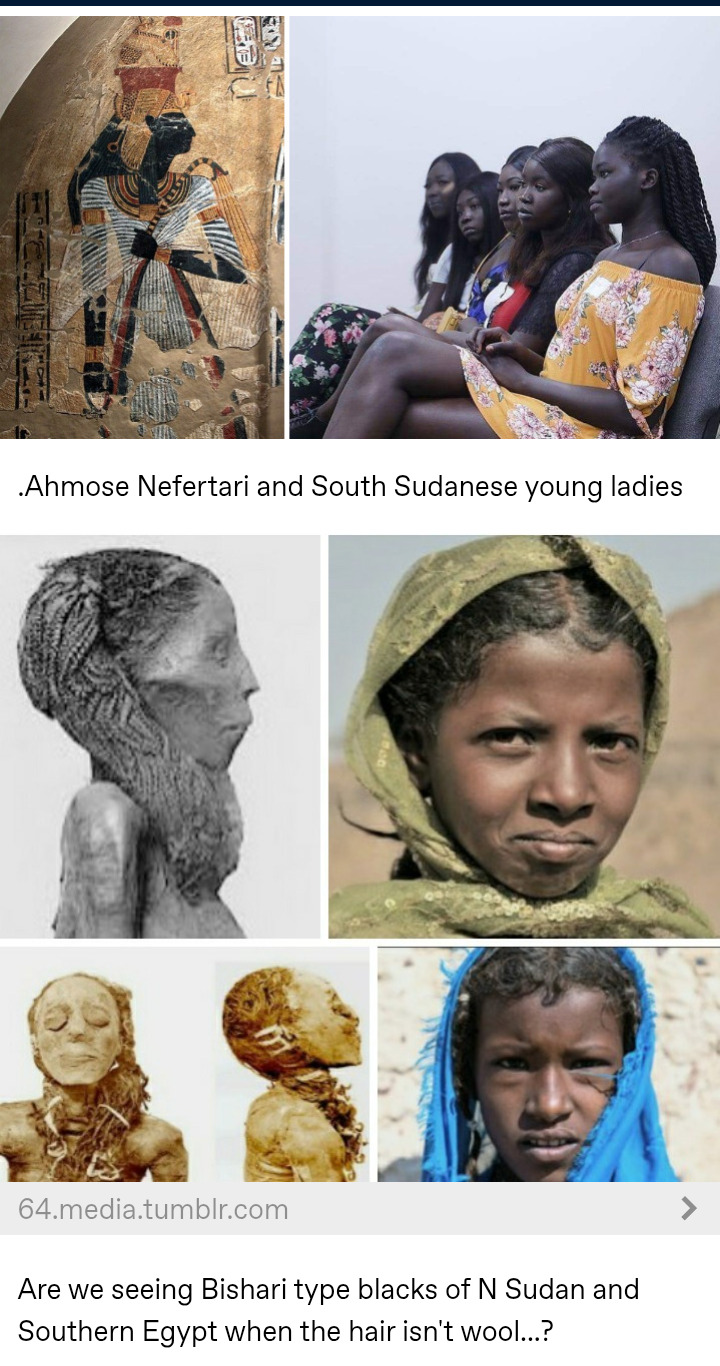
.
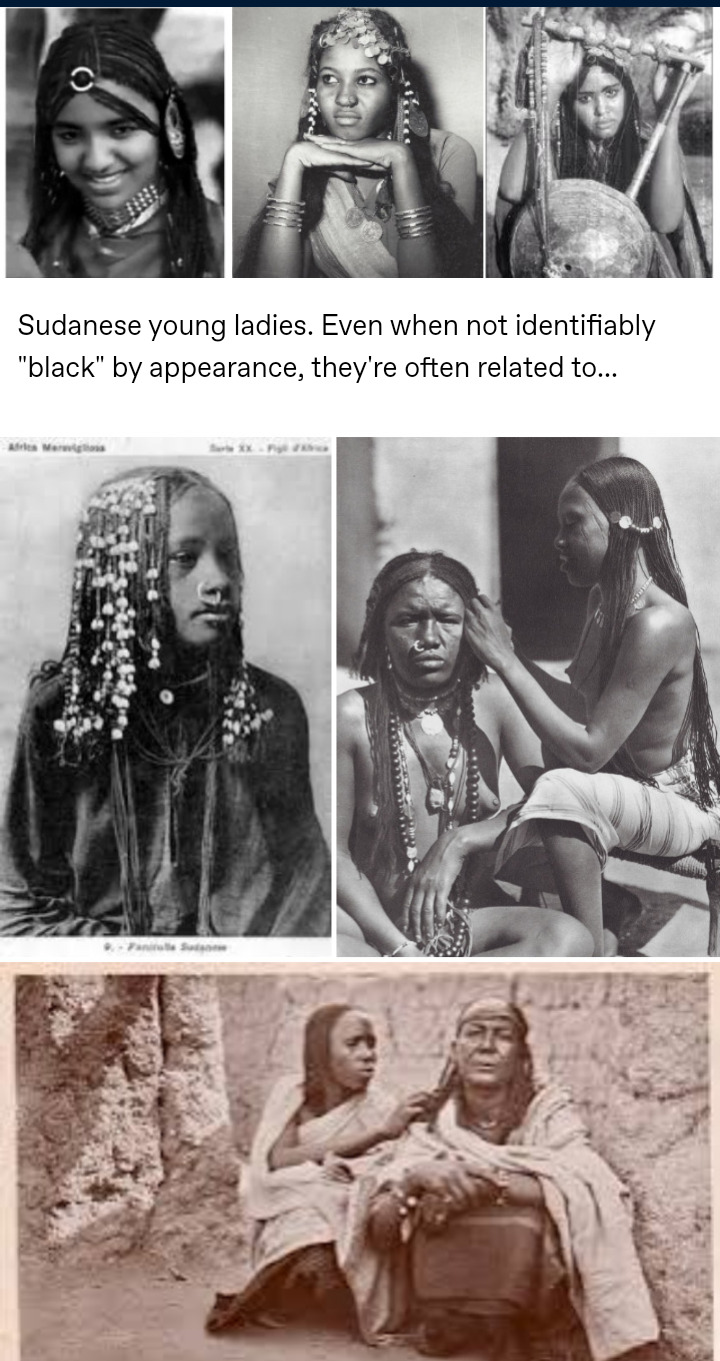
Sudan 1900s
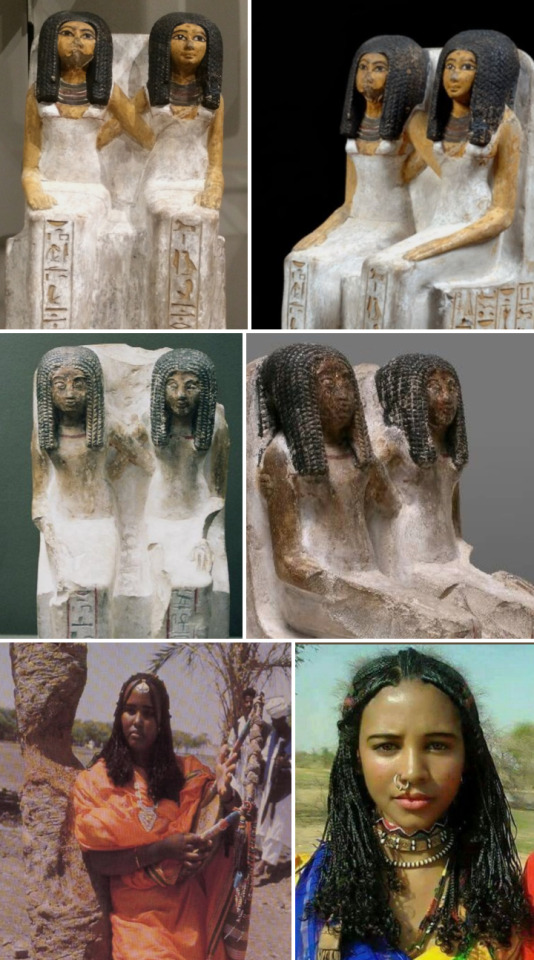
Idet and Ruiu, Hetep and Mouttouy (museum says everything is painted), and two North Sudanes Nubian ladies
It is very clear these styles are more closely related to people of a "black" persuasion . Not exclusively, but far more continuous and innate over time. (WIG OR NOT)

West African Nigerian 200BC -1800s
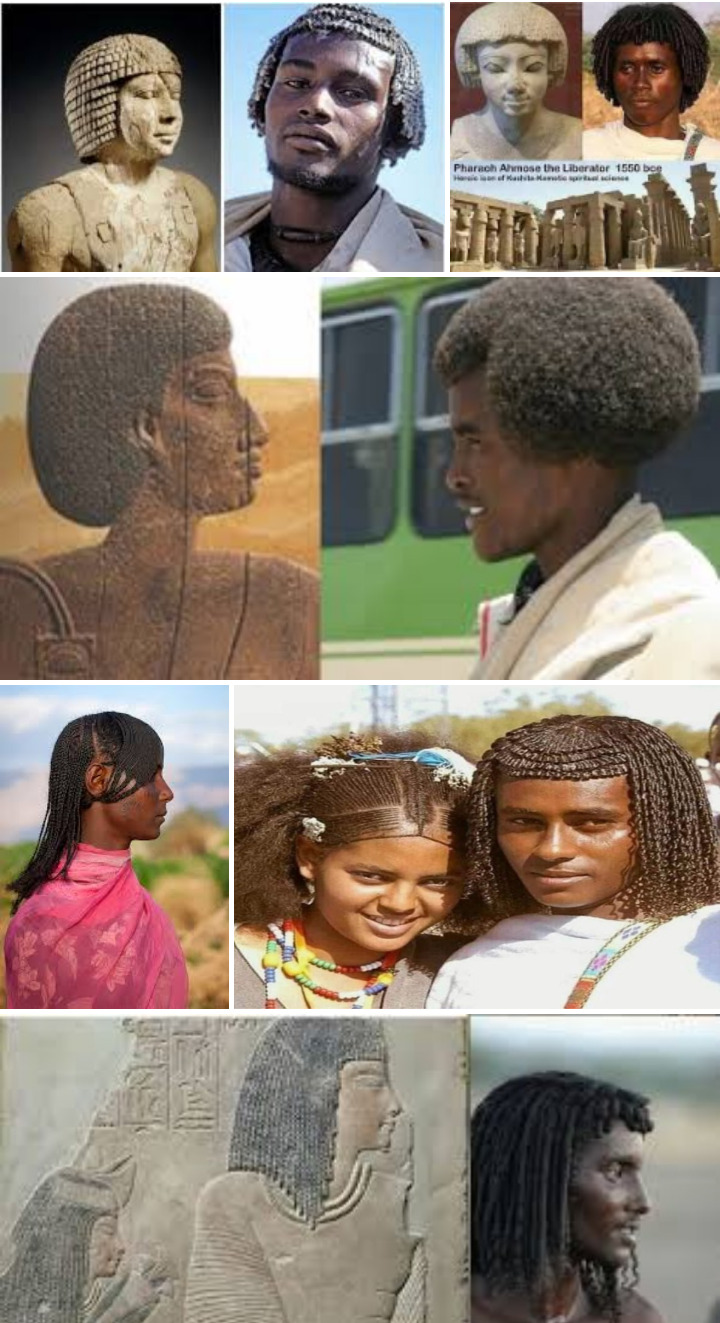
East Africa

E Africa
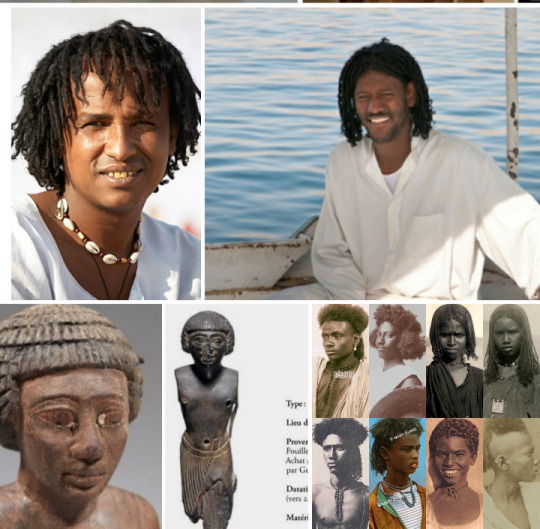
S. Egypt

Egyptians (Nubian, Bishari)
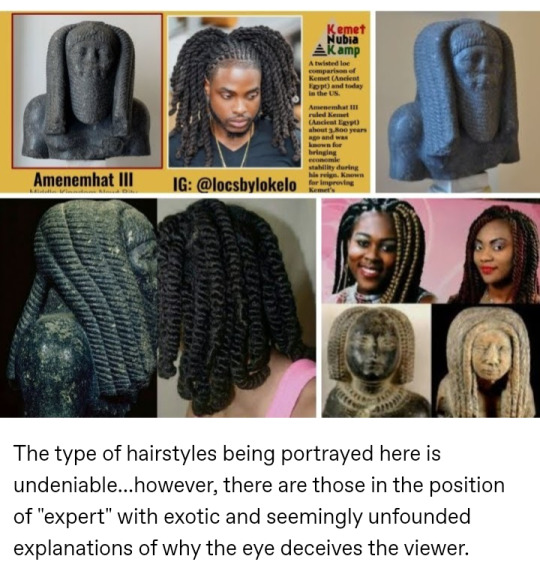
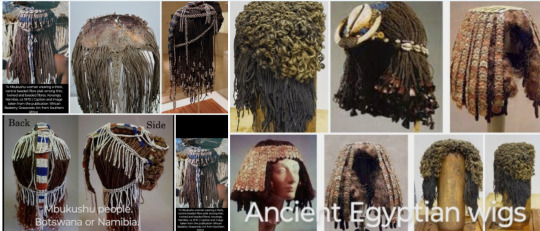
South African traditional wigs left and ancient Egyptian wigs right
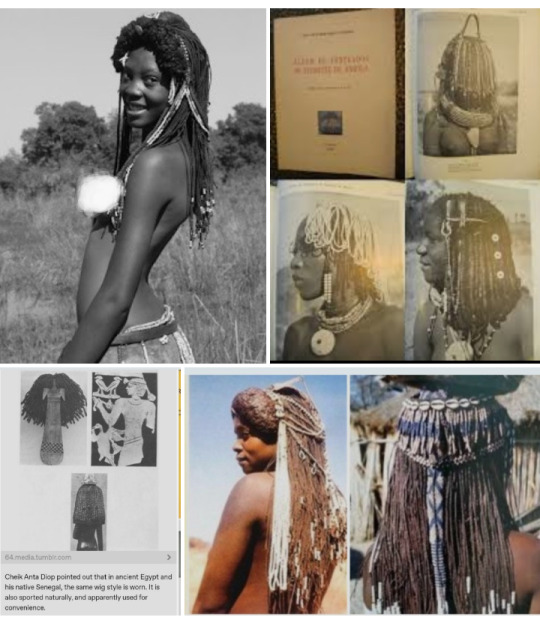
Other West Africans wore these styles traditionally. The name of the book ( top right) is called Album de Penteados do Sudoeste de Angola. Estermann, Carlos. Published (translation from Portuguese to English: Album of Hairstyles from Southwest Angola. Estermann, Carlos.), by Imprensa Portuguesa, Lisboa, 1960., 1960. The purpose is not to establish a connection with West Africa, and Egypt, but to show these hairstyles are innate in black and black adjacent cultures…. and sometimes worn in the form of a wig though natural as well. Even African American young ladies, who are often teased for extensions, will still twist them into micro braids. It's not that far off from the practices of their West and Central African ancestors.
bottom left-Cheik Anta Diop pointed out that in ancient Egypt and his native Senegal, the same wig style is worn. It is also sported naturally, and apparently used for convenience.
bottom right picture - .A Mbukushu woman wearing a thick, central beaded fibre plait among thin, twined and beaded fibres. Kovango, Namibia. ca 1970 | Caption and image taken from the publication 'African Basketry Grassroots Art from Southern Africa'
More shocking details on ancient Egyptian wigs and hair on mummies, that are not commonly shown
link
Be sure to stop at the bottom where it says "More from @afcnamrcn23". Don't be distracted by the pictures and links under that. They will occur again so that you can continue with the main post in sequence.
.
0 notes
Text
The above text comes from the catalogue of the Museo Egizio, which gives a bibliography, mostly not in English. In addition to that, a recent Bachelor's thesis in archaeology from the Leiden University in the Netherlands talks about the relationship between these two women:
"These New Kingdom women were depicted seated together side by side ... Usually, these kinds of statues depict married couples. However, due to the statue being the only one of its kind depicting two women, it seems we cannot make any substantial case as to the relationship of these women. Especially as Idet is afforded the title 'lady of the house' (nebet per). This could indicate her having some sort of importance above that of Ruiu, but could also indicate she is the main wife and Idet is a second wife, which is common tradition throughout ancient Egyptian history."
Prins, T. (2024). And they were tomb mates: Conceptualizing gender and sexuality in the Ancient Near East. https://studenttheses.universiteitleiden.nl/handle/1887/3676534

Statue of Idet and Ruiu
New Kingdom, 18th Dynasty, ca. 1480-1390 BC. From Deir el-Medina, Thebes. Now in the Egyptian Museum of Turin. Cat. 3056
The kinship relation between the two women, if any, is not specified. The sculpture seems to place more importance on Idet, as she is seated on the right, the place of honor, and is called “lady of the house” (nebet per), while no title is given for Ruiu.
On the right of the seat is an offering formula “to Osiris… lord of eternity, that he may give… every good and pure thing, and the pleasant breeze of the north wind, to the ka ('soul') of the lady of the house Idet, justified”; the formula is repeated for Ruiu, with several variations, on the opposite side.
381 notes
·
View notes